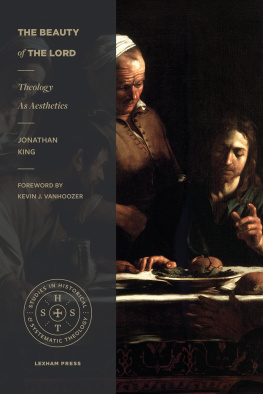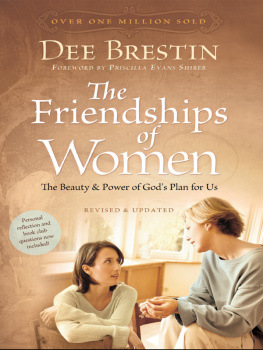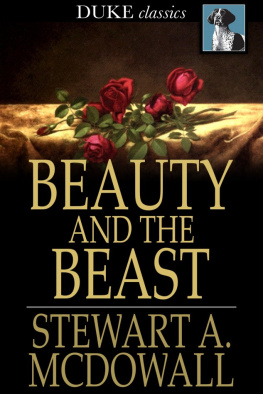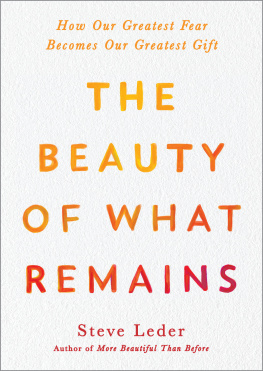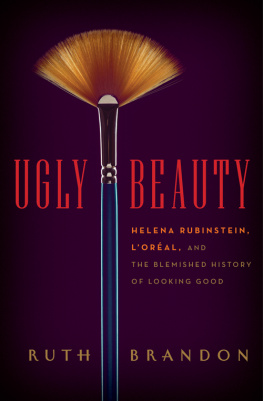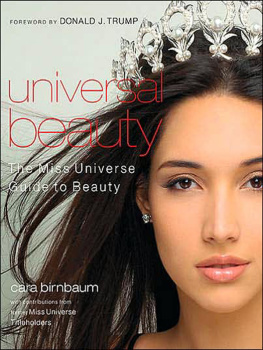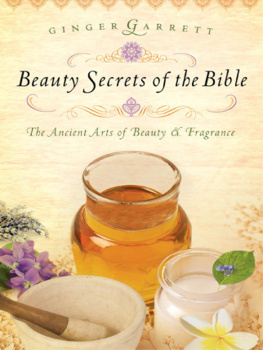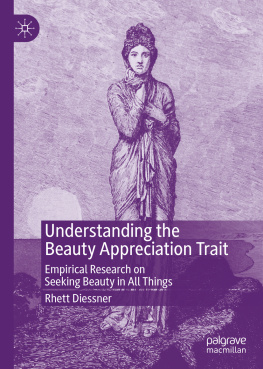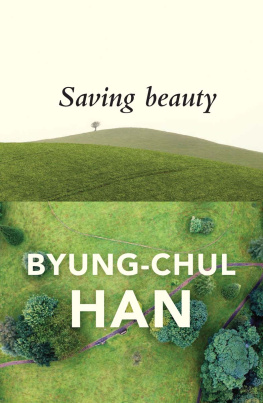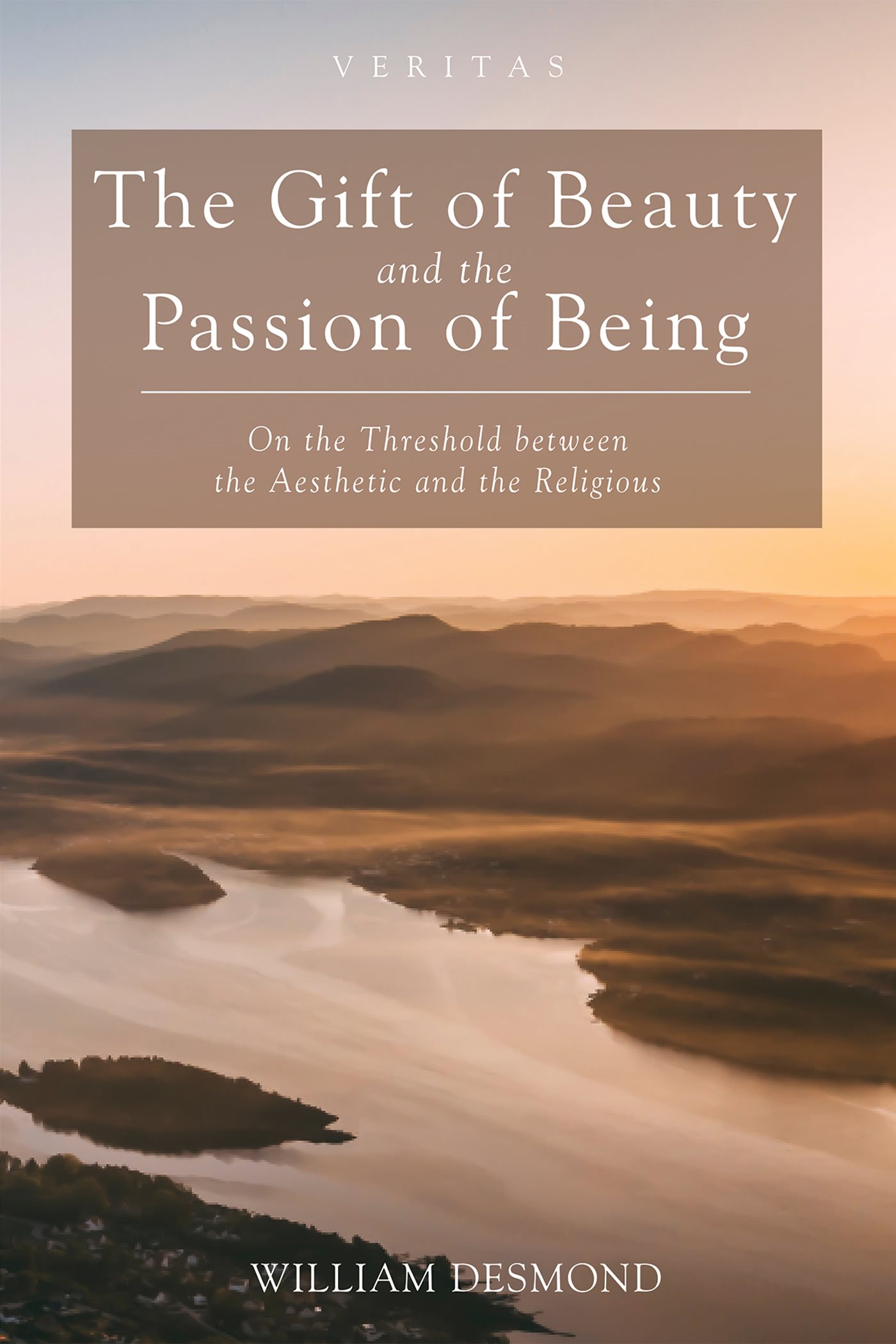VERITAS
Series Introduction
... the truth will set you free (John 8:32)
In much contemporary discourse, Pilates question has been taken to mark the absolute boundary of human thought. Beyond this boundary, it is often suggested, is an intellectual hinterland into which we must not venture. This terrain is an agnosticism of thought: because truth cannot be possessed, it must not be spoken. Thus, it is argued that the defenders of truth in our day are often traffickers in ideology, merchants of counterfeits, or anti-liberal. They are, because it is somewhat taken for granted that Nietzsches word is final: truth is the domain of tyranny.
Is this indeed the case, or might another vision of truth offer itself? The ancient Greeks named the love of wisdom as philia , or friendship. The one who would become wise, they argued, would be a friend of truth. For both philosophy and theology might be conceived as schools in the friendship of truth, as a kind of relation. For like friendship, truth is as much discovered as it is made. If truth is then so elusive, if its domain is terra incognita , perhaps this is because it arrives to usunannouncedas gift, as a person, and not some thing.
The aim of the Veritas book series is to publish incisive and original current scholarly work that inhabits the between and the beyond of theology and philosophy. These volumes will all share a common aspiration to transcend the institutional divorce in which these two disciplines often find themselves, and to engage questions of pressing concern to both philosophers and theologians in such a way as to reinvigorate both disciplines with a kind of interdisciplinary desire, often so absent in contemporary academe. In a word, these volumes represent collective efforts in the befriending of truth, doing so beyond the simulacra of pretend tolerance, the violent, yet insipid reasoning of liberalism that asks with Pilate, What is truth?expecting a consensus of non-commitment; one that encourages the commodification of the mind, now sedated by the civil service of career, ministered by the frightened patrons of position.
The series will therefore consist of two wings: (1) original monographs; and (2) essay collections on a range of topics in theology and philosophy. The latter will principally be the products of the annual conferences of the Centre of Theology and Philosophy (www.theologyphilosophycentre .co.uk).
Conor Cunningham and Eric Austin Lee, Series editors
Introduction
I
T here is hardly a book I have written, from Art and the Absolute to The Intimate Universal, in which aesthetic matters and art are not of great significance. They are of significance for themselves, and for philosophical reflection. There is also a relation to our being religious, which has a like importance. Art, religion, and philosophy: all honor to Hegel for placing these at the highest level of absolute spirit. I agree with the imputation of ultimate importance, but disagree with the way Hegel relates them. I will come to how I see that relation again, but I speak of matters aesthetic and art, since I take aesthetic matters to root us firmly in the flesh of being, and in our own being incarnate. I do not agree with Hegels claim that art is higher than natural beauty, if this means a downgrading of flesh and our participation in the aesthetics of happening. I would rather a view that allows an ontology of incarnation where the wording of flesh is prior to and beyond our tendency to bifurcate the natural and the cultural. We are often still secretly Cartesian even when we protest to the contrary.
Beyond the confines of already published works I have continued to ruminate on the richness of aesthetic matters and art. I hold there is a metaxological intermediation among art, religion, and philosophy rather than a dialectical sublation, as Hegel held. The metaxological intermediations of the spaces between art, religion, and philosophy are plurivocal rather than univocal, or even simply dialectical. There can be intermediations between philosophy and the aesthetic, as there can be between philosophy and our being religious. What of the intermediations between the aesthetic and the religious? I see this book as diversely responding to this question. If Art, Origins, Otherness answers the intermediations of art and philosophy, and if Is There a Sabbath for Thought? responds to the intermediations of religion and philosophy, this book responds to perplexities arising in the intermediations between the aesthetic and the religious.
II
In a first pass, and to come directly to the aesthetic matters to be considered, let me offer a taste of my central concerns in advance of their fuller development in particular chapters. In a second pass, I will try to situate this work in relation to some of my other books and the philosophical outlook marking my work overall.
In my opening chapter, I reflect on the gift of beauty and the passion of being, and since this sets the tone of the work as a whole a slightly longer prcis might help. My reflections depart from the fact that today we often meet an ambiguous attitude to beauty among some who proclaim their advanced aesthetic authenticity. Beauty seems bland and lacks the more visceral thrill of the ugly, indeed the excremental. We crave what disrupts and provokes us, not what gives delight or even consoles. The really real is the disturbing, even the revolting. Bland beauty is the death of originality. If this is our attitude, how are we to be open at all to beauty as gift? Granted, we need not, indeed cannot, avoid the ugly, yet something is lacking if our primary emphasis on it makes it impossible for us to be honest and true to beauty. The fact is that we often are disturbed paradoxically by beauty: both taken out of ourselves, hence disquieted, yet awakened to our being at home with beauty, hence enchanted and enlivened. Beauty arouses engimatic joy in us, and we enjoy an elemental rapport with it as other. Surprised by beauty, our breath is taken away, we are more truly there with the beautiful, yet taken outside of ourselves: both at home with ourselves and not being at home, in being beyond ourselves. We are first receivers of the gift of surprise and only then perceivers and conceivers. My attention to the passion of being stresses a patience, a receptivity to what is other. What happens is not first our construction. There is something given, something awakening, something delighting, something energizing, something of invitation to transcendence.
Our being disarmed by the beautiful I hold to be in tune with our being as marked most deeply by what I call a primal porosity to being . Beauty sensuously communicates in and through this awakened porosity. We are a patience of being before we are an endeavor to be. Our passio essendi is on the boundary between receiving and respondingresponding that may itself become creative in attempting to bring into being works of art in communication, secretly or more openly, with the originating reception. I grant that in modern aesthetics and culture, originating receptivity tends to be downplayed as a depreciation of our claims to creative power. The predominant stress often falls on human autonomy and self-determination. We love only what we construct ourselves, not what we receive. We worry that what is given is a curb or threat or occasion of resistance to our constructive conatus . A guarded attitude to beauty as given must follow; a guarded attitude also to the surprise of beauty, for we cannot construct true surprise. By contrast, I would say there is something of the godsend in what is truly beautiful. This might be a way of talking that is not fashionable, but the vocation of the philosopher is not to be fashionable but to be true.


